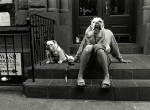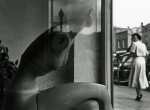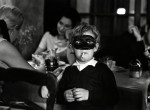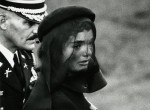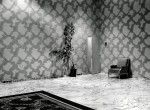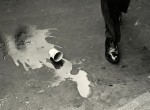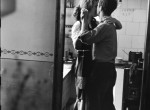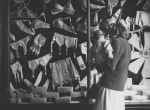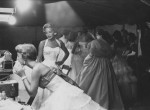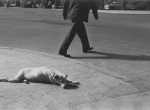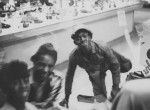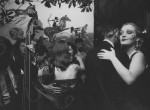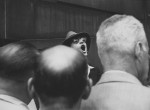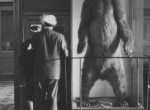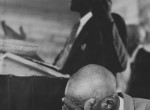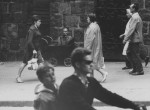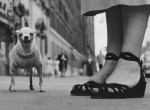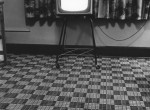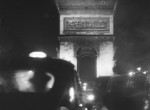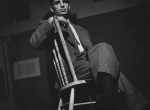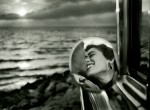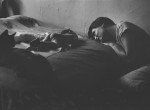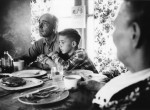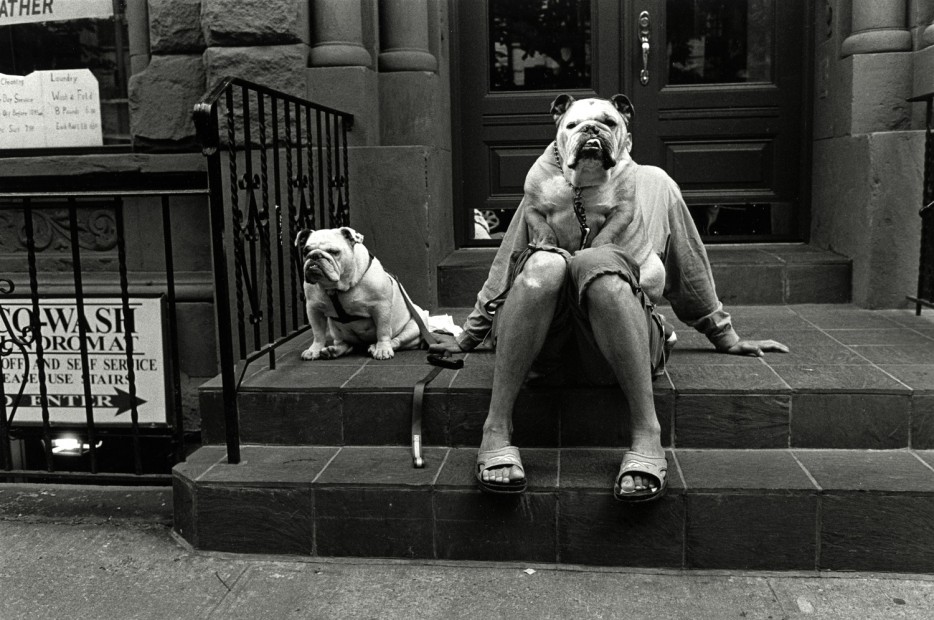 New York City, 2000Gelatin silver photograph. 2003 print. Signed, titled and dated in pencil by artist on print verso. Also signed in pen on print margin recto. Annotated '2000-1-51/23' on verso.Contact For Pricing & Availability
New York City, 2000Gelatin silver photograph. 2003 print. Signed, titled and dated in pencil by artist on print verso. Also signed in pen on print margin recto. Annotated '2000-1-51/23' on verso.Contact For Pricing & Availability
8 3/16 X 12 5/16 inches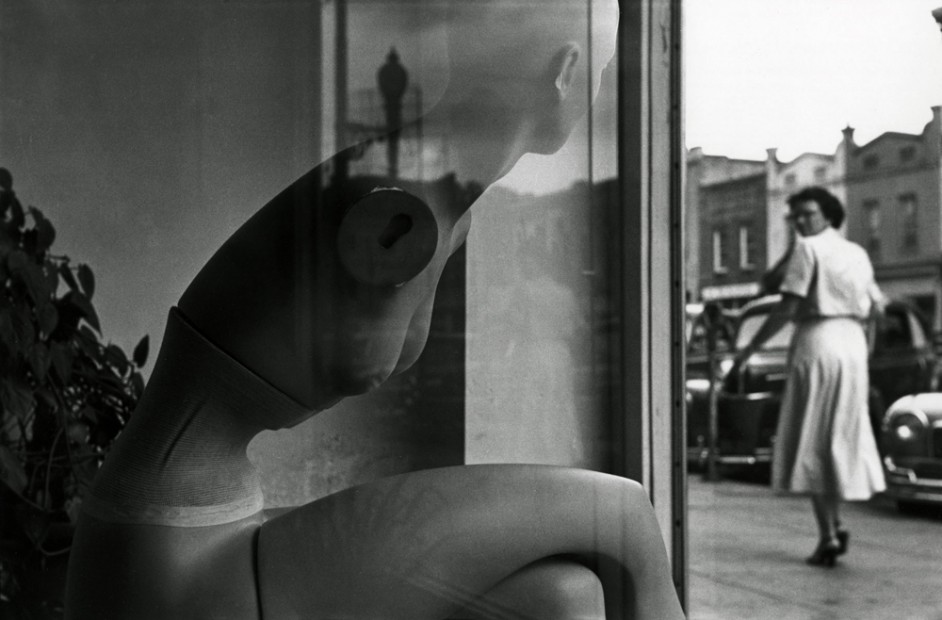 Wilmington, North Carolina, 1950Gelatin silver photograph. Later print. Signed, titled and dated in pencil by artist on print verso. Also signed in pen on print margin recto.Contact For Pricing & Availability
Wilmington, North Carolina, 1950Gelatin silver photograph. Later print. Signed, titled and dated in pencil by artist on print verso. Also signed in pen on print margin recto.Contact For Pricing & Availability
8 X 12 1/8 inches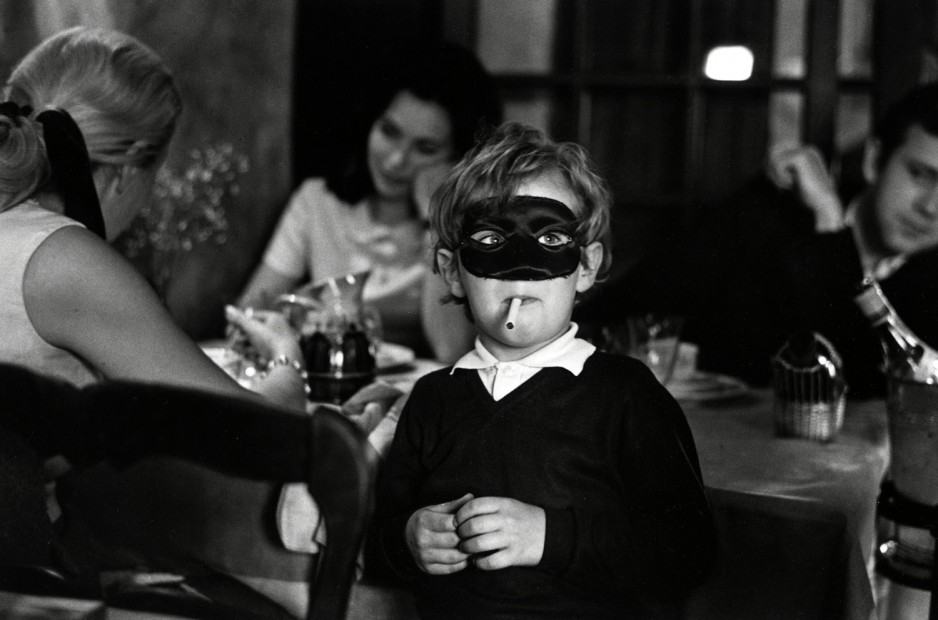 Honfleur, France, 1968Gelatin silver photograph. 1990s print. Signed, titled and dated in pencil by artist on print verso. Also signed in pen on print margin recto. Annotated '68-1-41/32' on verso.Contact For Pricing & Availability
Honfleur, France, 1968Gelatin silver photograph. 1990s print. Signed, titled and dated in pencil by artist on print verso. Also signed in pen on print margin recto. Annotated '68-1-41/32' on verso.Contact For Pricing & Availability
7 13/16 X 11 11/16 inches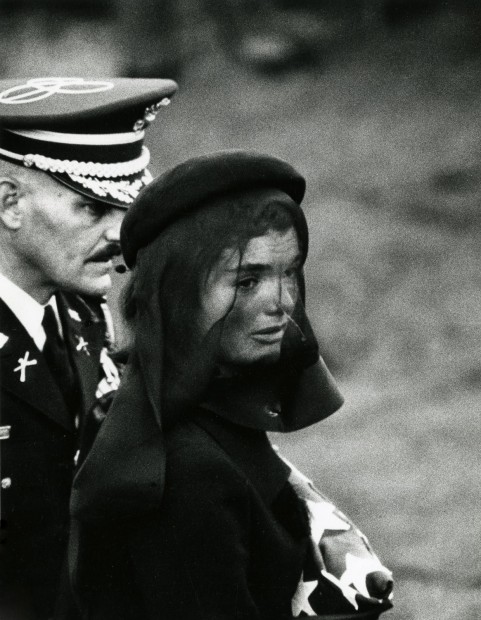 Arlington, Virginia, 1963Gelatin silver photograph. 1960s print. Signed and dated by artist in pencil on print verso. Various Magnum reproduction stamps, annotations and stickers on verso.Contact For Pricing & Availability
Arlington, Virginia, 1963Gelatin silver photograph. 1960s print. Signed and dated by artist in pencil on print verso. Various Magnum reproduction stamps, annotations and stickers on verso.Contact For Pricing & Availability
8 15/16 X 6 7/8 inches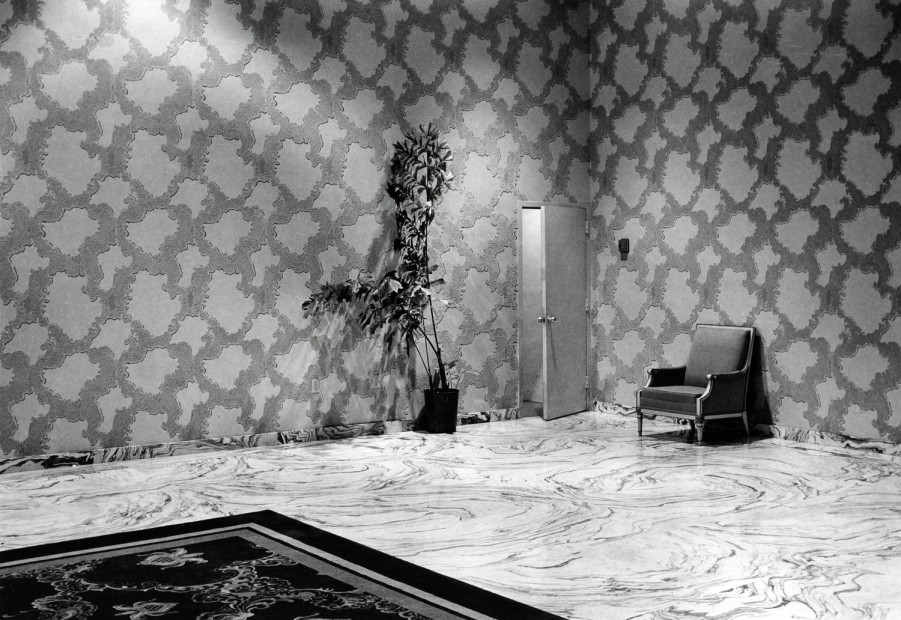 Miami Beach, Florida, 1962Gelatin silver photograph. Later print. Signed, titled and dated in pencil by artist on print verso. Also signed in pen on print margin recto. Annotated '62-23-19/#10G' on verso.Contact For Pricing & Availability
Miami Beach, Florida, 1962Gelatin silver photograph. Later print. Signed, titled and dated in pencil by artist on print verso. Also signed in pen on print margin recto. Annotated '62-23-19/#10G' on verso.Contact For Pricing & Availability
9 3/8 X 13 7/16 inches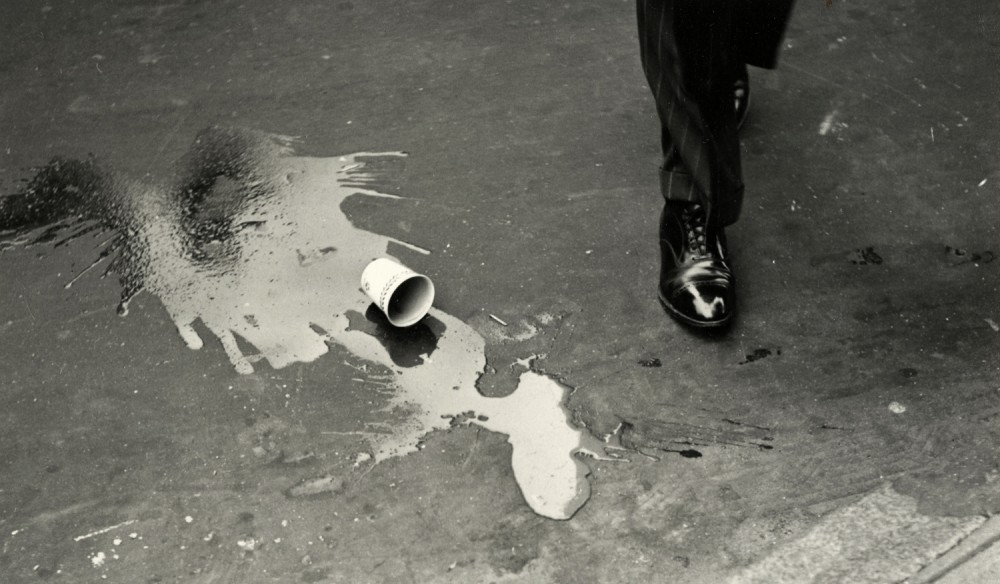 New York City, 1950Gelatin silver photograph. c.1952 print. Signed on print verso.Contact For Pricing & Availability
New York City, 1950Gelatin silver photograph. c.1952 print. Signed on print verso.Contact For Pricing & Availability
5 7/8 X 3 1/2 inches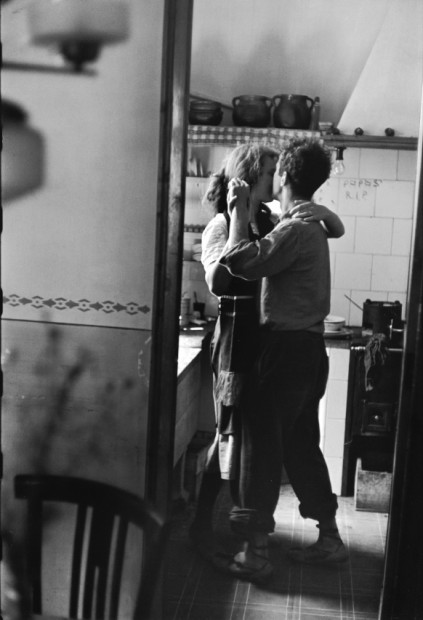 Valencia, 1952Gelatin silver photograph. Later print. Signed in pen on print margin recto, signed, titled and dated in pencil by artist on print verso.Contact For Pricing & Availability
Valencia, 1952Gelatin silver photograph. Later print. Signed in pen on print margin recto, signed, titled and dated in pencil by artist on print verso.Contact For Pricing & Availability
17 5/8 X 11 7/8 inches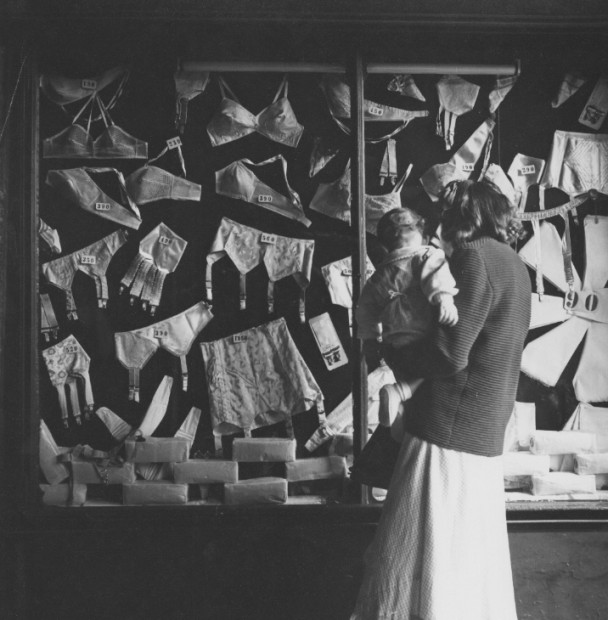 Venice, Italy, 1949Gelatin silver photograph. 1950s print. Signed, titled and dated in pencil by artist on print verso. Also signed in pencil on print margin recto. 'Magum Photos' reproduction stamp with LOG REF. 20325 written in pencil on stamp. Also stamped 'Please creditContact For Pricing & Availability
Venice, Italy, 1949Gelatin silver photograph. 1950s print. Signed, titled and dated in pencil by artist on print verso. Also signed in pencil on print margin recto. 'Magum Photos' reproduction stamp with LOG REF. 20325 written in pencil on stamp. Also stamped 'Please creditContact For Pricing & Availability
9 3/16 X 8 7/8 inches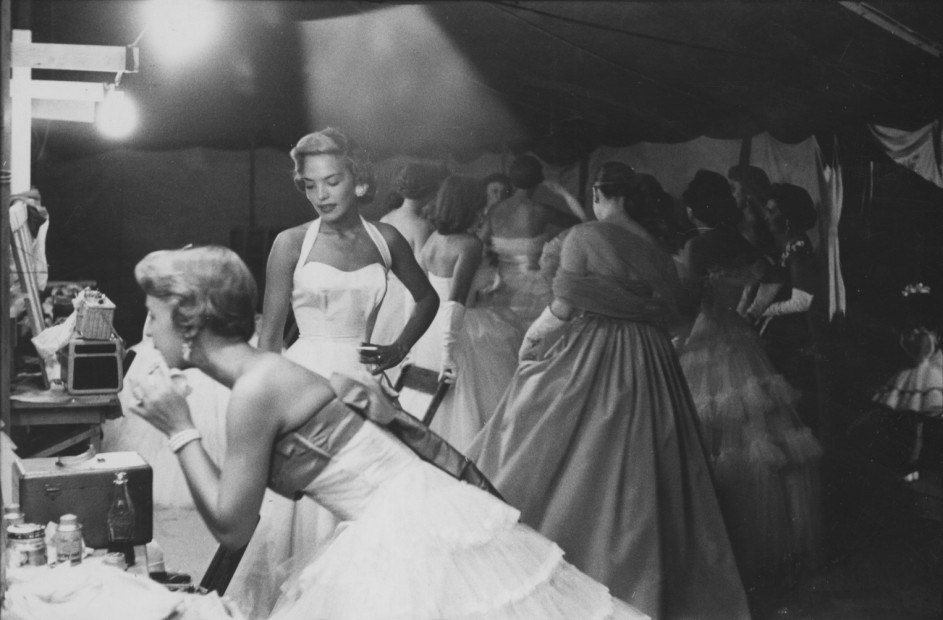 Arkansas Beauty Show, 1953Gelatin silver photograph. 1950s print. Signed, titled, dated and stamped in pencil by artist on print verso. Annotated '463/10' on verso. Also signed on print margin recto.Contact For Pricing & Availability
Arkansas Beauty Show, 1953Gelatin silver photograph. 1950s print. Signed, titled, dated and stamped in pencil by artist on print verso. Annotated '463/10' on verso. Also signed on print margin recto.Contact For Pricing & Availability
4 3/16 X 6 5/16 inches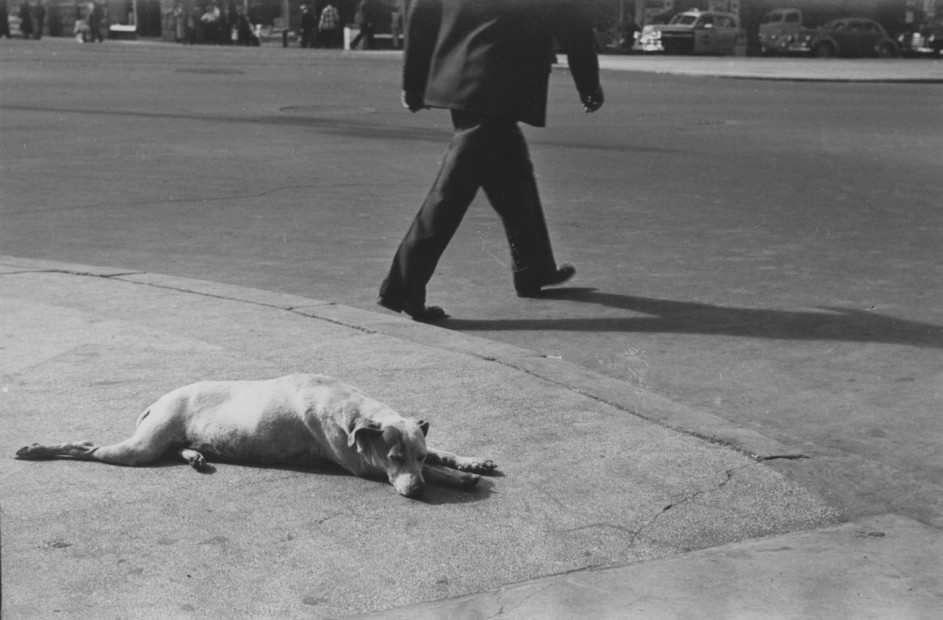 New Orleans, 1950Gelatin silver photograph. 1950s print. Signed, titled and dated in pencil by artist on print verso. Annotated 'minus 68/22' on verso. Also signed on print margin recto.Contact For Pricing & Availability
New Orleans, 1950Gelatin silver photograph. 1950s print. Signed, titled and dated in pencil by artist on print verso. Annotated 'minus 68/22' on verso. Also signed on print margin recto.Contact For Pricing & Availability
4 1/4 X 6 3/8 inches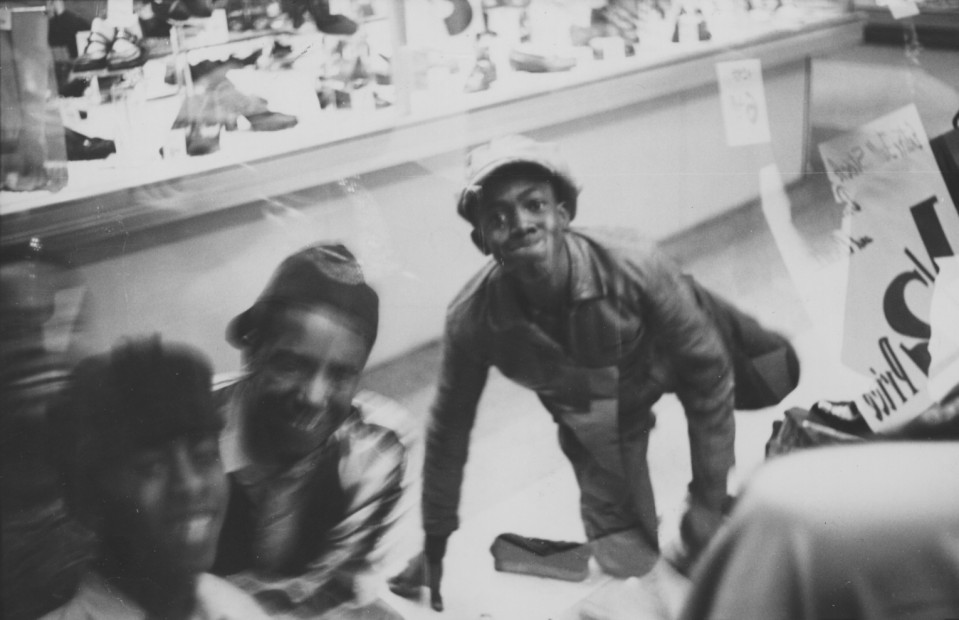 New Orleans, 1950Gelatin silver photograph. 1950s print. Signed, titled and dated in pencil by artist on print verso. Annotated 'minus67/20' on verso. Also signed on print margin recto.Contact For Pricing & Availability
New Orleans, 1950Gelatin silver photograph. 1950s print. Signed, titled and dated in pencil by artist on print verso. Annotated 'minus67/20' on verso. Also signed on print margin recto.Contact For Pricing & Availability
4 1/8 X 6 3/8 inches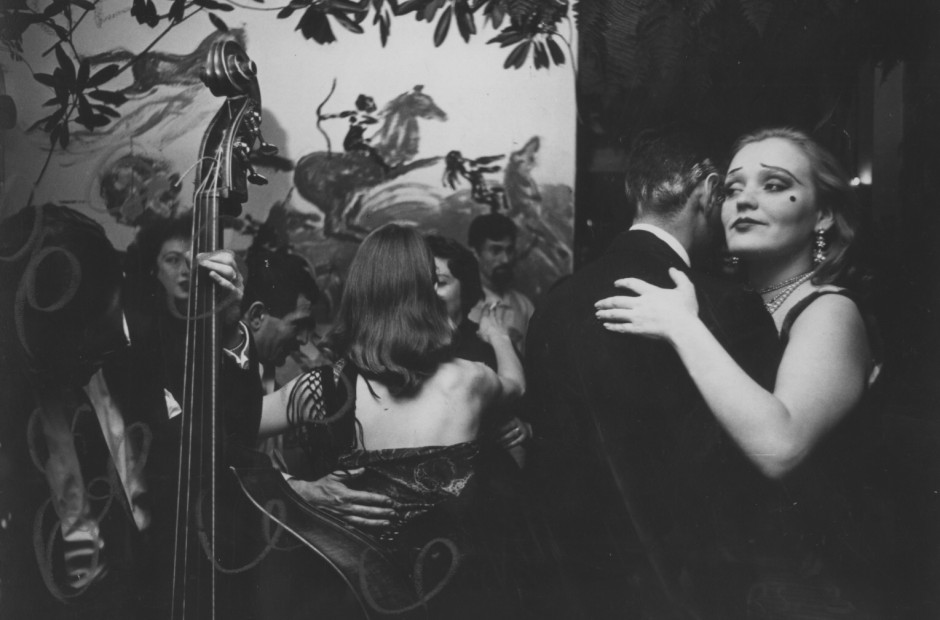 New York City, 1945Gelatin silver photograph. 1940s print. Signed, titled, dated '195_' and annotated '(wrongly marked in Snaps as 1945)' in pencil by artist on print verso. Annotated '892/18' and 'Book 14' on verso. Also signed in pencil on print margin recto.Contact For Pricing & Availability
New York City, 1945Gelatin silver photograph. 1940s print. Signed, titled, dated '195_' and annotated '(wrongly marked in Snaps as 1945)' in pencil by artist on print verso. Annotated '892/18' and 'Book 14' on verso. Also signed in pencil on print margin recto.Contact For Pricing & Availability
4 1/4 X 6 3/8 inches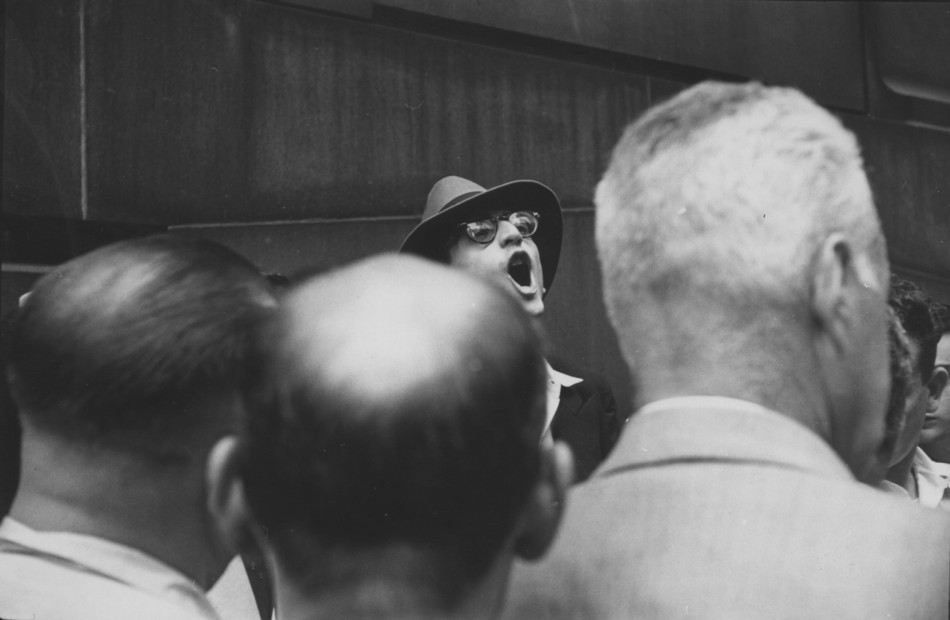 Wall Street, NYC, 1955Gelatin silver photograph. 1950s print. Signed, titled and dated in pencil by artist on print verso. Annotated '741/8' on verso. Also signed in pencil on print margin recto.Contact For Pricing & Availability
Wall Street, NYC, 1955Gelatin silver photograph. 1950s print. Signed, titled and dated in pencil by artist on print verso. Annotated '741/8' on verso. Also signed in pencil on print margin recto.Contact For Pricing & Availability
4 1/4 X 6 7/16 inches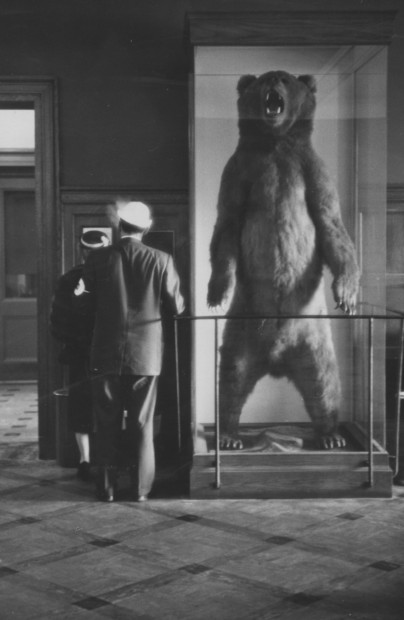 Providence, RI, 1955Gelatin silver photograph. 1950s print. Signed, titled and dated in pencil by artist on print verso. Annotated '719/18' and 'Book 13' on verso.Contact For Pricing & Availability
Providence, RI, 1955Gelatin silver photograph. 1950s print. Signed, titled and dated in pencil by artist on print verso. Annotated '719/18' and 'Book 13' on verso.Contact For Pricing & Availability
5 1/2 X 3 5/8 inches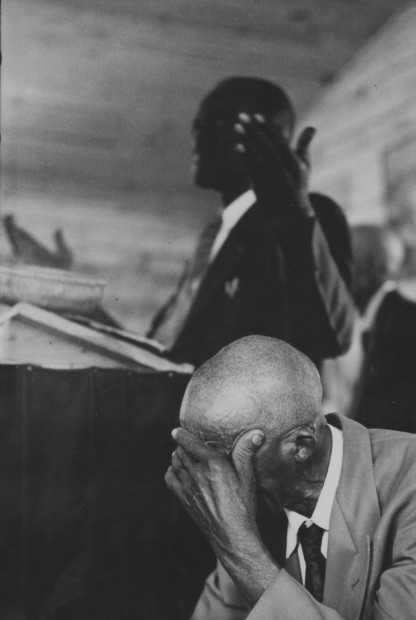 Arkadelphia, Alabama, 1954Gelatin silver photograph. 1950s print. Signed, titled, dated and description in pencil by artist on print verso. Artist's stamp and annotated '427/29' and 'Book 10' on verso. Also signed in pencil on print margin recto.Contact For Pricing & Availability
Arkadelphia, Alabama, 1954Gelatin silver photograph. 1950s print. Signed, titled, dated and description in pencil by artist on print verso. Artist's stamp and annotated '427/29' and 'Book 10' on verso. Also signed in pencil on print margin recto.Contact For Pricing & Availability
6 3/8 X 4 1/4 inches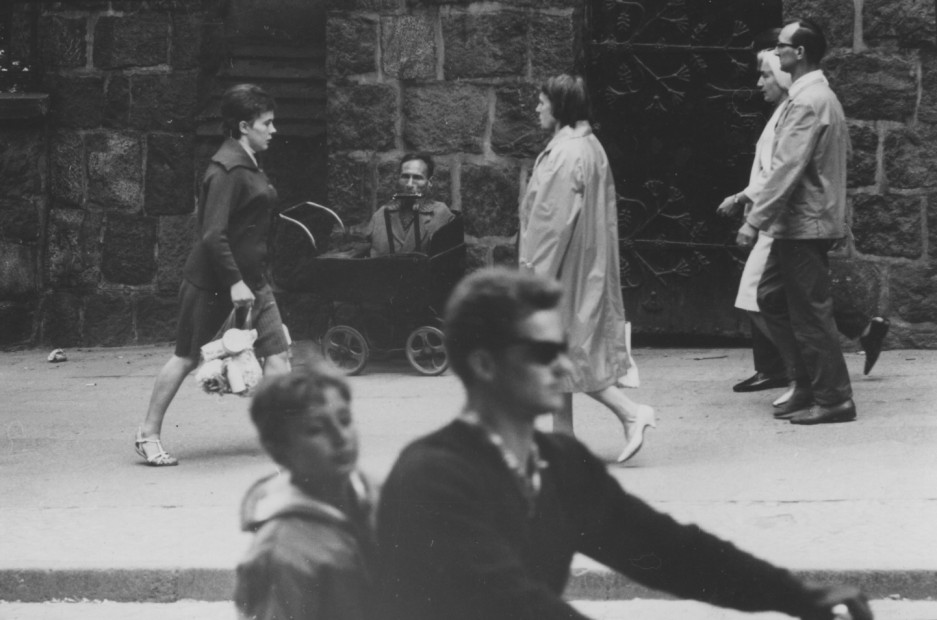 Gdansk, Poland, 1964Gelatin silver photograph. 1960s print. Signed, titled and dated in pencil by artist on print verso. Annotated '64-41-12' on verso. Also signed in pencil on print margin recto.Contact For Pricing & Availability
Gdansk, Poland, 1964Gelatin silver photograph. 1960s print. Signed, titled and dated in pencil by artist on print verso. Annotated '64-41-12' on verso. Also signed in pencil on print margin recto.Contact For Pricing & Availability
4 1/16 X 6 1/8 inches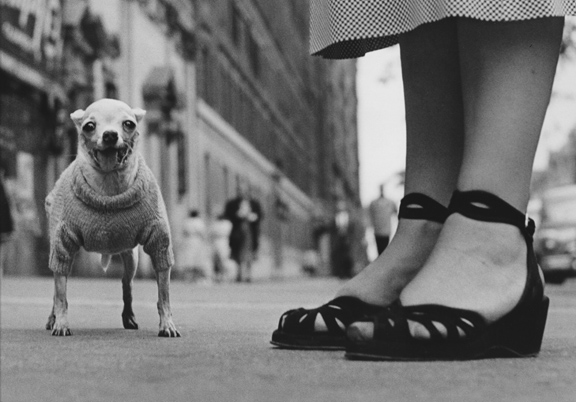 New York City, 1946Gelatin silver photograph. Later print. Signed, titled and dated in pencil by artist on print verso. Annotated '-101' on verso. Also signed in pen on print margin recto.Contact For Pricing & Availability
New York City, 1946Gelatin silver photograph. Later print. Signed, titled and dated in pencil by artist on print verso. Annotated '-101' on verso. Also signed in pen on print margin recto.Contact For Pricing & Availability
12 X 17 1/2 inches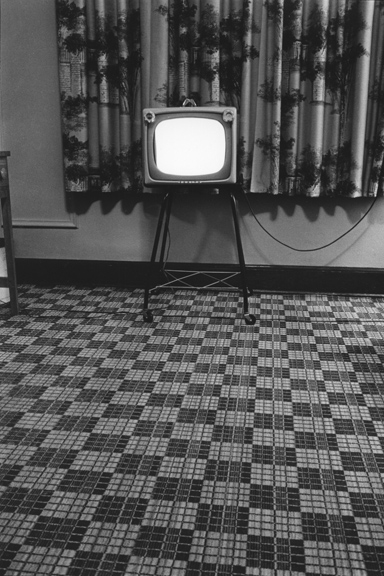 Texas, 1962Gelatin silver photograph. Later print. Signed, titled and dated in pencil by artist on print verso. Also signed in pen on print margin recto. Annotated '62-23-13/17' on verso.Contact For Pricing & Availability
Texas, 1962Gelatin silver photograph. Later print. Signed, titled and dated in pencil by artist on print verso. Also signed in pen on print margin recto. Annotated '62-23-13/17' on verso.Contact For Pricing & Availability
12 3/8 X 8 1/4 inches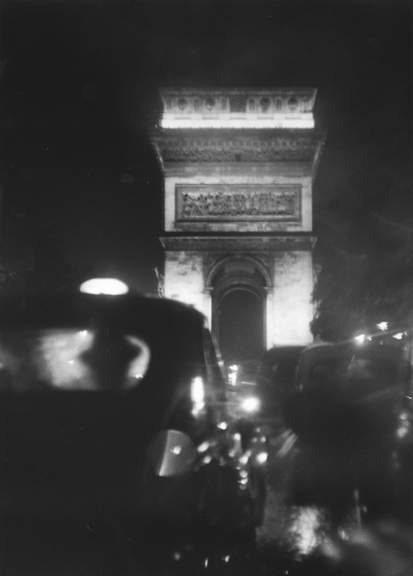 Paris, 1956Gelatin silver photograph. Later print. Signed, titled and dated in pencil by artist on print verso. Also signed in pen on print margin recto. Annotated '1144/32' on verso.Contact For Pricing & Availability
Paris, 1956Gelatin silver photograph. Later print. Signed, titled and dated in pencil by artist on print verso. Also signed in pen on print margin recto. Annotated '1144/32' on verso.Contact For Pricing & Availability
12 1/8 X 8 11/16 inches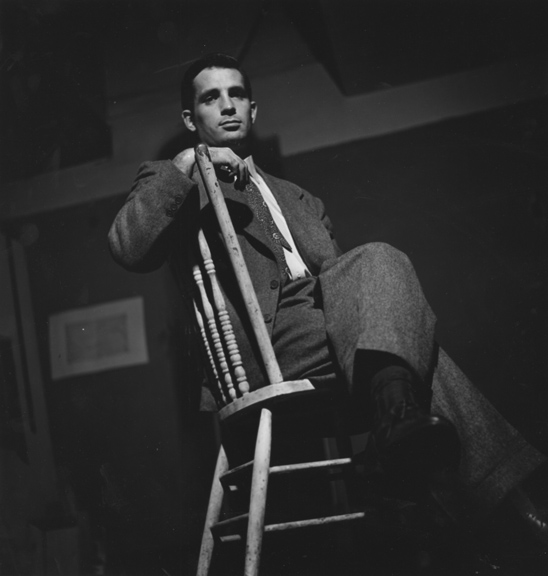 Jack Kerouac, New York, 1953Gelatin silver photograph. Later print. Signed, titled and dated in pencil by artist on print verso. Also signed in pen on print margin recto. Annotated '176/9' on verso.Contact For Pricing & Availability
Jack Kerouac, New York, 1953Gelatin silver photograph. Later print. Signed, titled and dated in pencil by artist on print verso. Also signed in pen on print margin recto. Annotated '176/9' on verso.Contact For Pricing & Availability
9 7/8 X 9 3/8 inches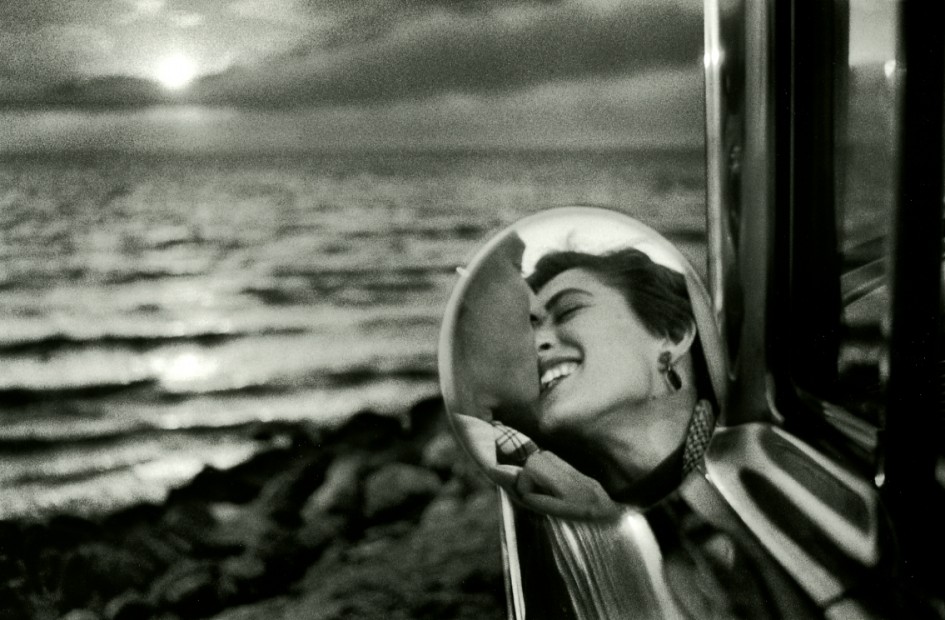 California, 1955Gelatin silver photograph. Later print. Signed in ink by artist on print margin recto. Signed, dated and annotated '1/62/37' in pencil by artist on print verso.Contact For Pricing & Availability
California, 1955Gelatin silver photograph. Later print. Signed in ink by artist on print margin recto. Signed, dated and annotated '1/62/37' in pencil by artist on print verso.Contact For Pricing & Availability
8 X 12 inches Provence, 1955Gelatin silver photograph. Later print. Signed in ink by artist on print margin recto. Signed, dated and annotated '4000' in pencil by artist on print verso.Contact For Pricing & Availability
Provence, 1955Gelatin silver photograph. Later print. Signed in ink by artist on print margin recto. Signed, dated and annotated '4000' in pencil by artist on print verso.Contact For Pricing & Availability
12 X 8 1/8 inches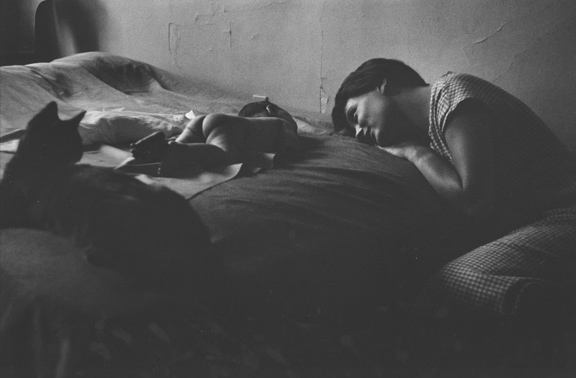 New York City, 1953Gelatin silver photograph. Later print. Signed, titled, dated and annotated '212/2' in pencil by artist on print verso. Signed in ink on print margin recto.Contact For Pricing & Availability
New York City, 1953Gelatin silver photograph. Later print. Signed, titled, dated and annotated '212/2' in pencil by artist on print verso. Signed in ink on print margin recto.Contact For Pricing & Availability
10 1/4 X 15 3/4 inches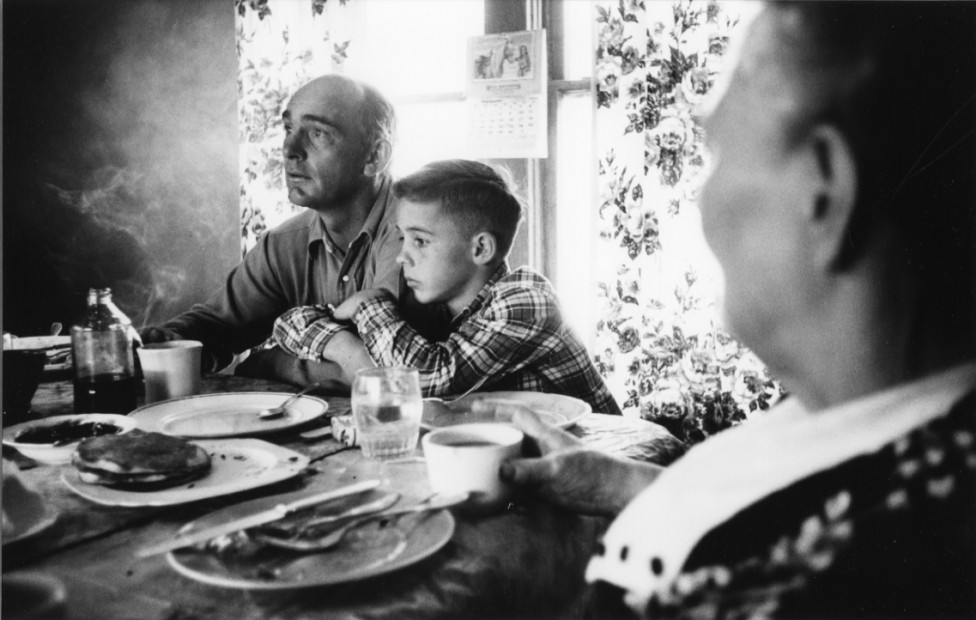 Wyoming, 1954Gelatin silver photograph. Later print. Signed, titled and dated in pencil by artist on print verso. Also signed in ink on print margin recto.Contact For Pricing & Availability
Wyoming, 1954Gelatin silver photograph. Later print. Signed, titled and dated in pencil by artist on print verso. Also signed in ink on print margin recto.Contact For Pricing & Availability
7 5/8 X 11 7/8 inches
Elliott Erwitt
Elliott Erwitt (1928- ) was born in Paris to Russian émigré parents. He spent his childhood in Milan, Italy andlived briefly in Paris, before moving to Los Angeles via New York in 1939. In Hollywood his interest in photography began and he studied the subject at Los Angeles City College. In 1948 Erwitt moved to New York City and there met Edward Steichen, Robert Capa and Roy Stryker who became significant mentors. From 1948-50, Erwitt studied film at the New School for Social Research. He spent 1949 traveling in France and Italy, and returned to the United States to begin his career as a professional photographer. In 1951, Erwitt was drafted into the army where he continued to make photographs while stationed in Germany and France. Back in New York after service, Erwitt, with an invitation from Capa, became a member of Magnum Photos. He has been a member ever since, serving several terms as president of the fabled organization. A major figure in the highly competitive field of magazine photography, Erwitt’s portraits, photo essays and advertisements have been featured in periodicals around the world for the last half-century. Over the years he has made a specialty of capturing both the famous and the ordinary, the strange and the mundane in his own unmistakable, often humorous style. He has also been active in filmmaking since 1970, producing seventeen comedy and satire specials for Home Box Office. The artist has also published dozens of books over the years on all aspects of his output, with a special emphasis on one of his favorite subjects, the canine. Being an obsessive traveler has proved handy as Erwitt has had numerous exhibitions in museums around the world, including the Museum of Modern Art, New York; the Smithsonian Institution, the Art Institute of Chicago, the Museum of Modern Art, Paris; and Zurich’s Kunsthaus, among others. Erwitt is also represented by a score of important galleries around the globe. His works are in most important museums as well as in hundreds of private collections.
Exhibitions
ArrayPublications
No Artist Publications
